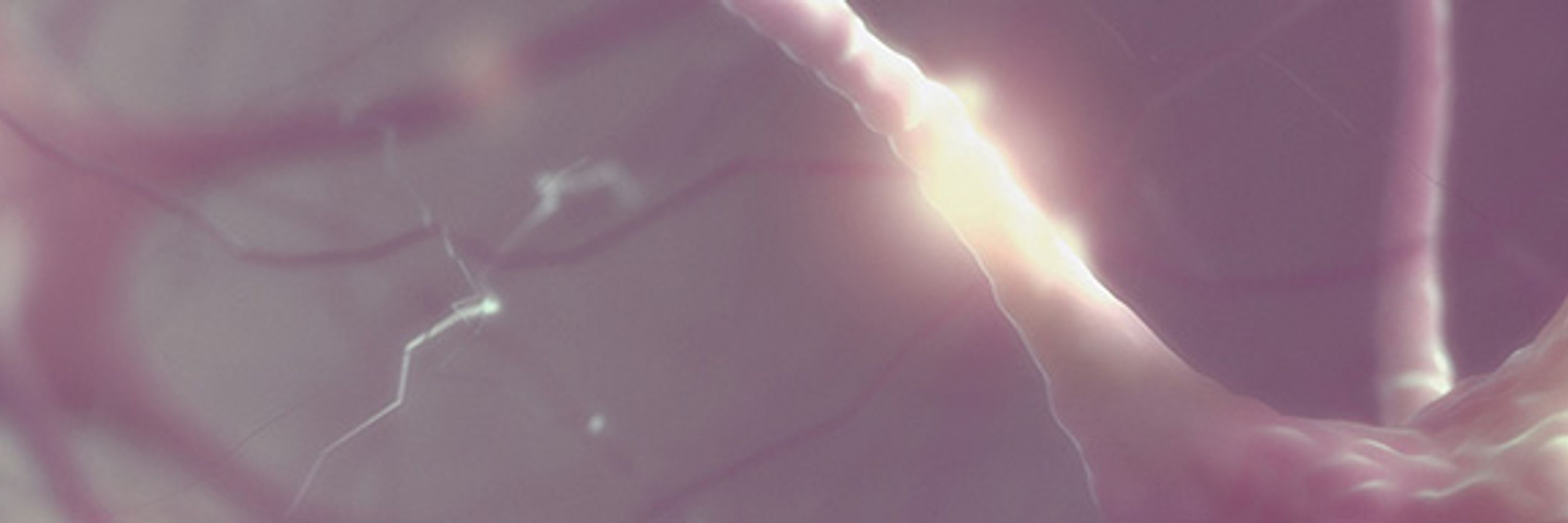@fbm-unil.bsky.social
360 followers
340 following
300 posts
Profil officiel de la Faculté de biologie et de médecine de l’Université de Lausanne (Suisse) @unil.bsky.social
🔬🐝🩺🌱💻💊🐁🧠🏥🦠📚🧪👁️🐠🧬💉🧫🐺⛰️
#fbm #unil
Posts
Media
Videos
Starter Packs
Reposted
Reposted
Reposted
Reposted
Reposted
Reposted
Reposted
Reposted
















